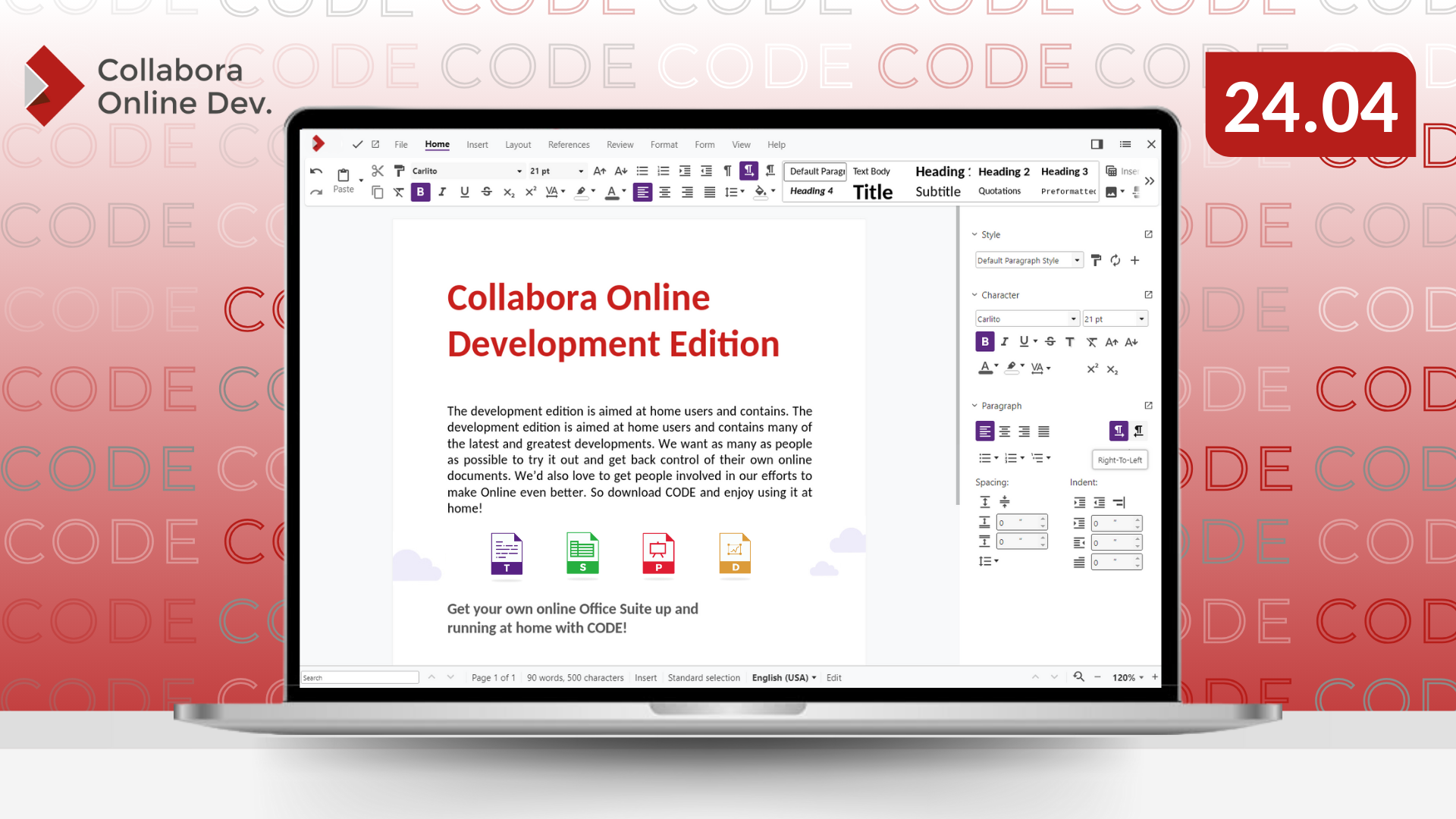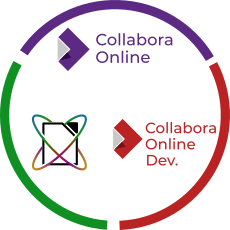CODE
Collabora Online Development Edition

CODE is the development version of Collabora Online. It is perfect for home use or small teams, but not recommended for production environments.
Built around the Collabora Office core, CODE builds contain the latest and greatest new features and are released on average once a month.
Install CODE & Try It Out
Collabora Online Development Edition can be set up On-Premise via virtual appliance, Docker, Linux package, etc.
Free, in constant development
Test All CODE Features
Learn about all the latest features. Fill in the form and we will send you a test account.
Testing instance
Buy Collabora Online
Official supported stable version with tested updates, security fixes and improvements.
SME, Enterprise, Education…
Answers to your Questions
We’ve answered your questions about development, the community and more.
Check our FAQ

Compare Products
Which is best for home-use, small teams and larger business models? Find out the differences between LibreOffice online, CODE and Collabora Online.
Get Involved!
Working with other hackers on improving Collabora Online is fun and very rewarding! Visit us at GitHub, take a look at the easy hacks!
View easy hacks
Subscribe for Collabora Online & More News

White Paper
“Usage differences of CODE and Collabora Online”

Funding FOSS
Collabora is working hard to make FOSS better. Our customers and Partners make all the difference here!
Become a Partner and add Collabora Online to your product portfolio. Or contact our team if you want to use Collabora Online in your business or organization.

